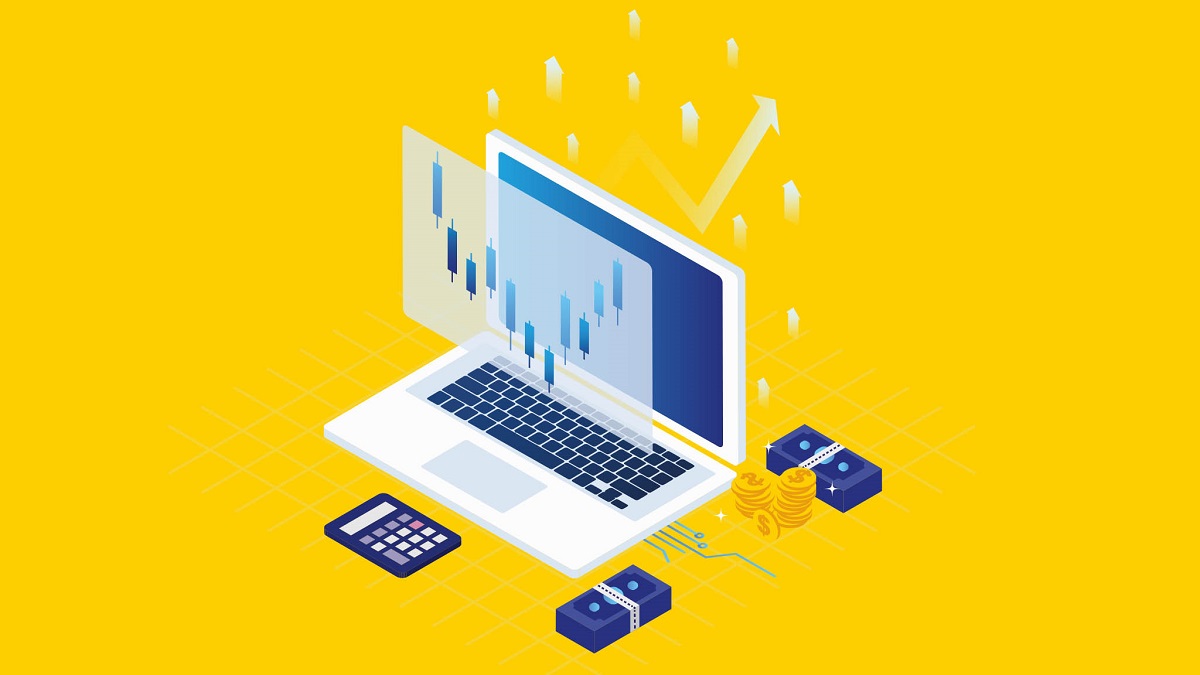In today’s fast-paced world, being a busy professional often leaves little time for managing personal investments, let alone actively participating in intraday trading. However, the allure of potentially lucrative returns draws many professionals towards the exciting world of day trading. The good news is that it’s possible to engage in intraday trading successfully, even with a busy schedule. In this article, we will explore effective intraday strategies tailored to the needs of busy professionals.
Understanding Intraday Trading
Intraday trading, often referred to as day trading, is a fast-paced trading style that involves the buying and selling of financial instruments within the same trading day. This strategy aims to capitalize on short-term price movements, whether they’re up or down. It’s a highly speculative form of trading and requires a firm understanding of market dynamics.
As a busy professional, it’s crucial to grasp the core concept of intraday trading. This approach differs from long-term investing, where assets are held for extended periods. In day trading, you don’t care about the long-term prospects of a company or asset. Instead, you’re focused on making small profits from short-term price fluctuations.
Setting Realistic Goals
For professionals with packed schedules, setting realistic goals in intraday trading is paramount. The first step is to determine your risk tolerance. How much are you willing to lose on a single trade? This question helps you establish your risk management strategy.
Next, define your desired profits. What financial goals are you looking to achieve through day trading? It’s important to be practical and not set overly ambitious targets, especially if you have limited time for trading. Your goals should align with your available resources and schedule.
Time Management is Key
Time management is a critical aspect of intraday trading, especially for busy professionals juggling multiple responsibilities. To effectively manage your time, consider allocating specific periods for trading. During these windows, you should be fully focused on your trading activities, free from distractions.
It’s also essential to avoid overtrading, which can be a common pitfall for beginners. Overtrading occurs when you take too many positions in a single day, often driven by impulsive decisions. A well-structured trading schedule helps prevent overtrading and ensures that you remain disciplined in your approach.
Leveraging Technology
In today’s digital age, technology plays a vital role in intraday trading. As a busy professional, you can benefit from trading platforms and mobile apps that offer real-time data and advanced charting tools. These tools provide you with instant access to market information, allowing you to make informed decisions swiftly.
Here’s a table highlighting some popular trading platforms and their key features:
| Trading Platform | Key Features | Availability | Cost |
| E*TRADE | Advanced charting, customizable dashboard, real-time data | Web, Mobile App | Varies by account type |
| TD Ameritrade | thinkorswim platform, paper trading, educational resources | Web, Mobile App | Commission-free trades available |
| Interactive Brokers | Direct market access, advanced order types, low fees | Web, Mobile App | Varies by account type |
| Robinhood | Commission-free trading, intuitive mobile app | Mobile App | Free, with optional paid features |
These platforms offer a range of features to cater to different trading styles and preferences. Busy professionals can choose the one that aligns best with their needs and trading goals.
In the subsequent sections of the article, we’ll continue to explore other aspects of intraday trading, providing you with valuable insights and information tailored to your busy schedule.
Selecting the Right Stocks
Choosing the right stocks is crucial for intraday trading. As a busy professional, you’ll want to focus your attention on a select few stocks that meet specific criteria. Consider the following table to help you in the stock selection process:
| Stock Name | Liquidity (Average Daily Volume) | Volatility (Average Intraday Range) | Sector |
| Stock A | 500,000 shares | 2% of the stock price | Tech |
| Stock B | 1,200,000 shares | 3% of the stock price | Pharma |
| Stock C | 750,000 shares | 2.5% of the stock price | Energy |
| Stock D | 350,000 shares | 1.5% of the stock price | Retail |
This table provides a quick overview of some potential stocks for intraday trading. You can use it to compare liquidity, volatility, and sector focus, helping you make informed decisions on which stocks to consider for your trading strategy.
Mastering Technical Analysis
Technical analysis involves analyzing price charts and patterns to predict future price movements. For busy professionals, here are some lists related to mastering this essential skill:
Key Technical Analysis Tools:
- Candlestick Patterns: Learn to recognize common candlestick patterns like doji, engulfing, and hammers to identify potential reversals or trends.
- Moving Averages: Understand how moving averages, such as the simple moving average (SMA) and exponential moving average (EMA), can help identify trend directions.
- Relative Strength Index (RSI): Utilize the RSI indicator to gauge overbought or oversold conditions in a stock.
Technical Analysis Tips:
- Backtesting: Practice analyzing historical price charts to refine your technical analysis skills without risking real capital.
- Multiple Timeframes: Combine analysis from various timeframes (e.g., daily, hourly, and minute charts) to get a comprehensive view of a stock’s trend.
Risk Management
Protecting your capital is paramount in intraday trading. Here are some meaningful lists related to effective risk management:
Risk Management Strategies:
- Position Sizing: Determine the appropriate position size for each trade based on your risk tolerance and account size.
- Stop-Loss Orders: Always set stop-loss orders to limit potential losses on a trade.
- Diversification: Avoid putting all your capital into a single trade; diversify your portfolio to spread risk.
Risk Management Practices:
- Risk-Reward Ratio: Maintain a favorable risk-reward ratio, aiming for higher potential rewards compared to the risk taken.
- Daily Loss Limits: Set daily loss limits to prevent emotional decision-making after sustaining losses.
By incorporating these lists into your intraday trading strategy, you can enhance your decision-making process and minimize potential risks, making it more manageable for busy professionals.
In the subsequent sections, we will continue to provide lists and insights into the remaining subheadings, guiding you towards successful intraday trading while balancing your professional responsibilities.
Trading Psychology
Control your emotions. Greed and fear can lead to impulsive decisions. Stick to your strategy, even if the market becomes volatile.
Monitoring Market News
Stay updated with financial news and events that can impact your chosen assets. This knowledge can help you anticipate market movements.
Intraday trading for busy professionals is indeed possible. By understanding the nuances of day trading, setting realistic goals, and efficiently managing your time, you can participate in this exciting financial endeavor. Remember to continuously educate yourself, adapt to market changes, and prioritize risk management.
FAQs
- Is day trading suitable for busy professionals?
- Yes, with proper time management and realistic goals, busy professionals can engage in day trading.
- How can I control my emotions while trading?
- Emotion management involves discipline, sticking to a strategy, and avoiding impulsive decisions.
- What are the common mistakes to avoid in day trading?
- Common mistakes include overtrading, not using stop-loss orders, and neglecting risk management.
- Do I need a large capital to start day trading?
- While more capital can offer more opportunities, it’s possible to start with a modest investment.
- Where can I find reliable trading communities for support and insights?
- You can join online forums, social media groups, or attend trading webinars for networking and knowledge sharing.

